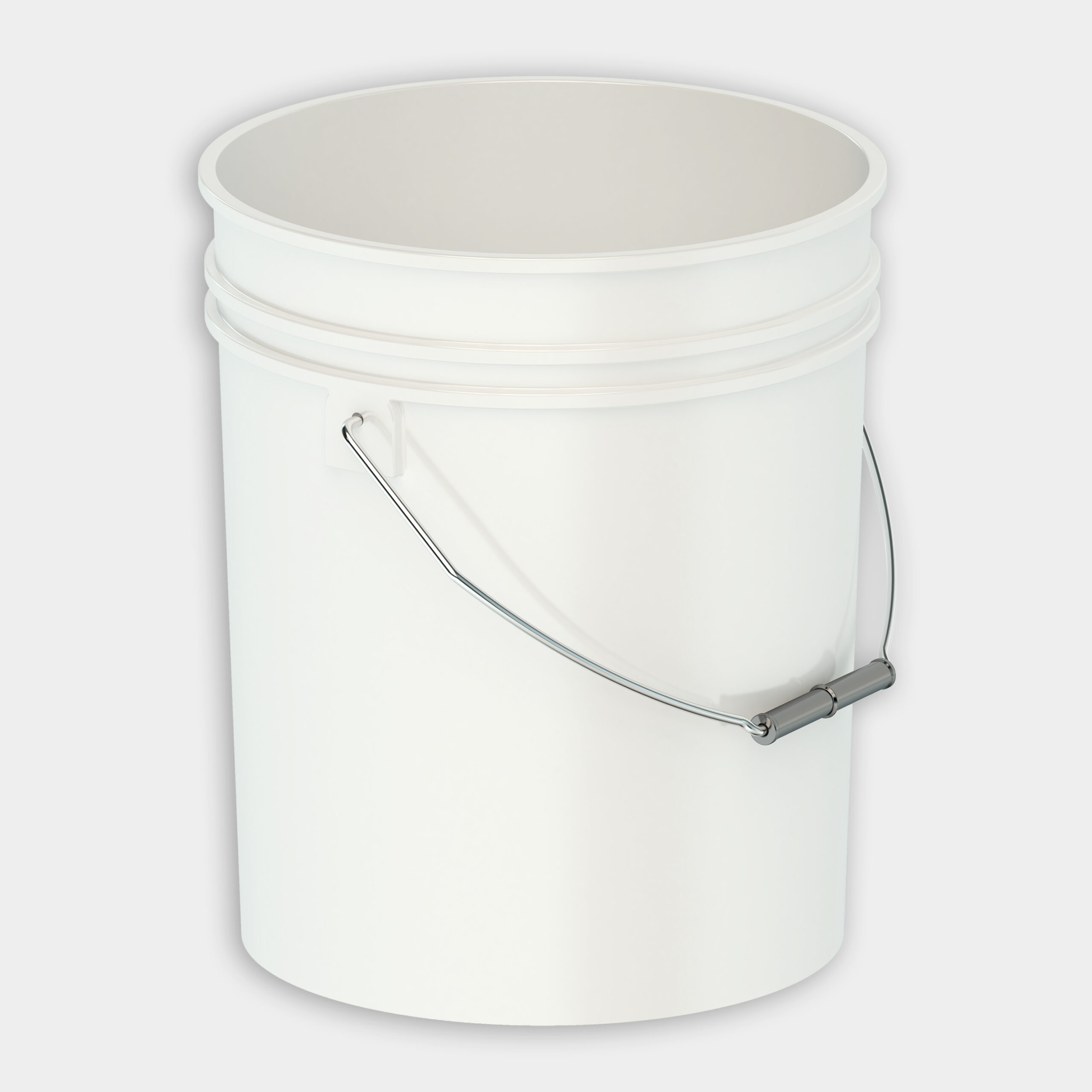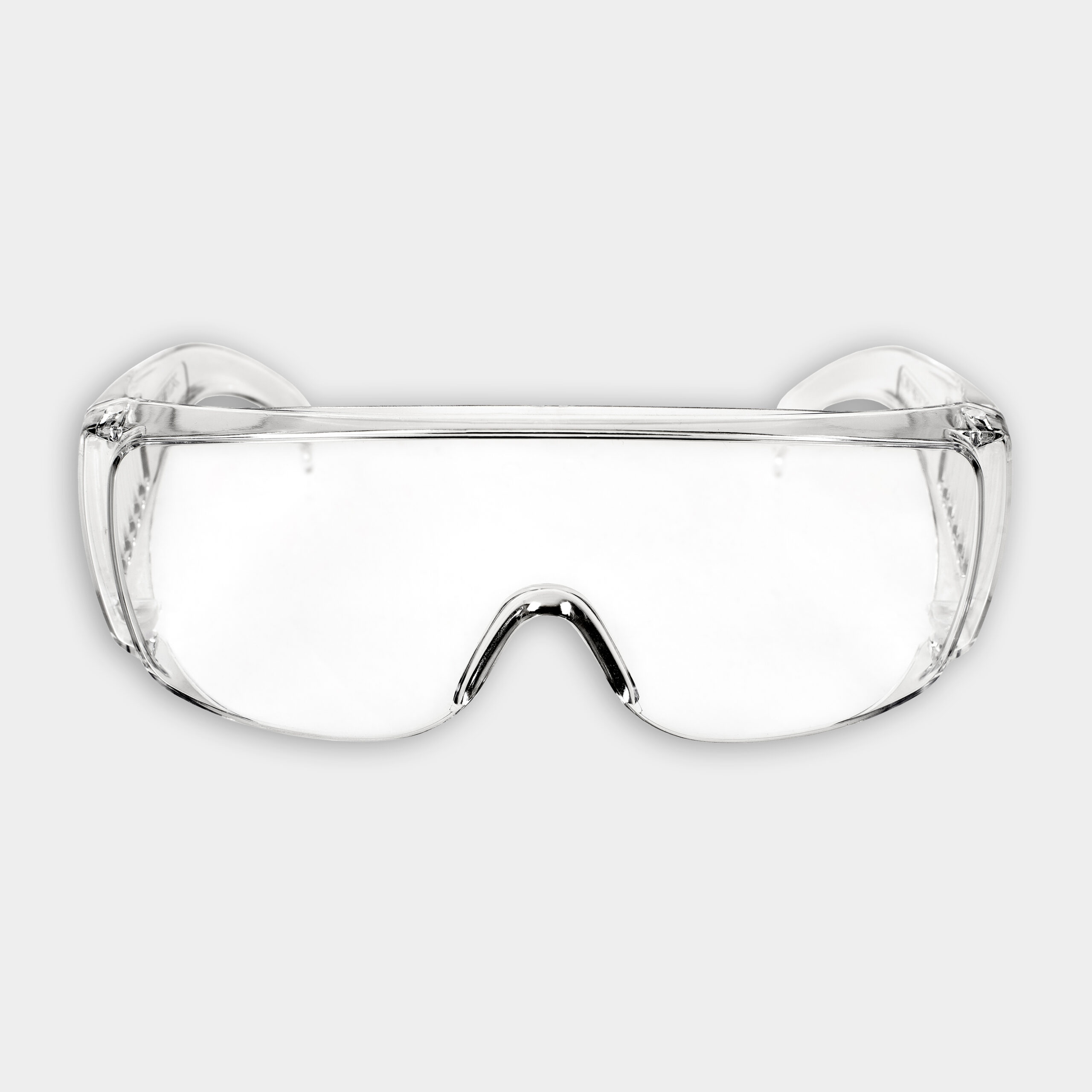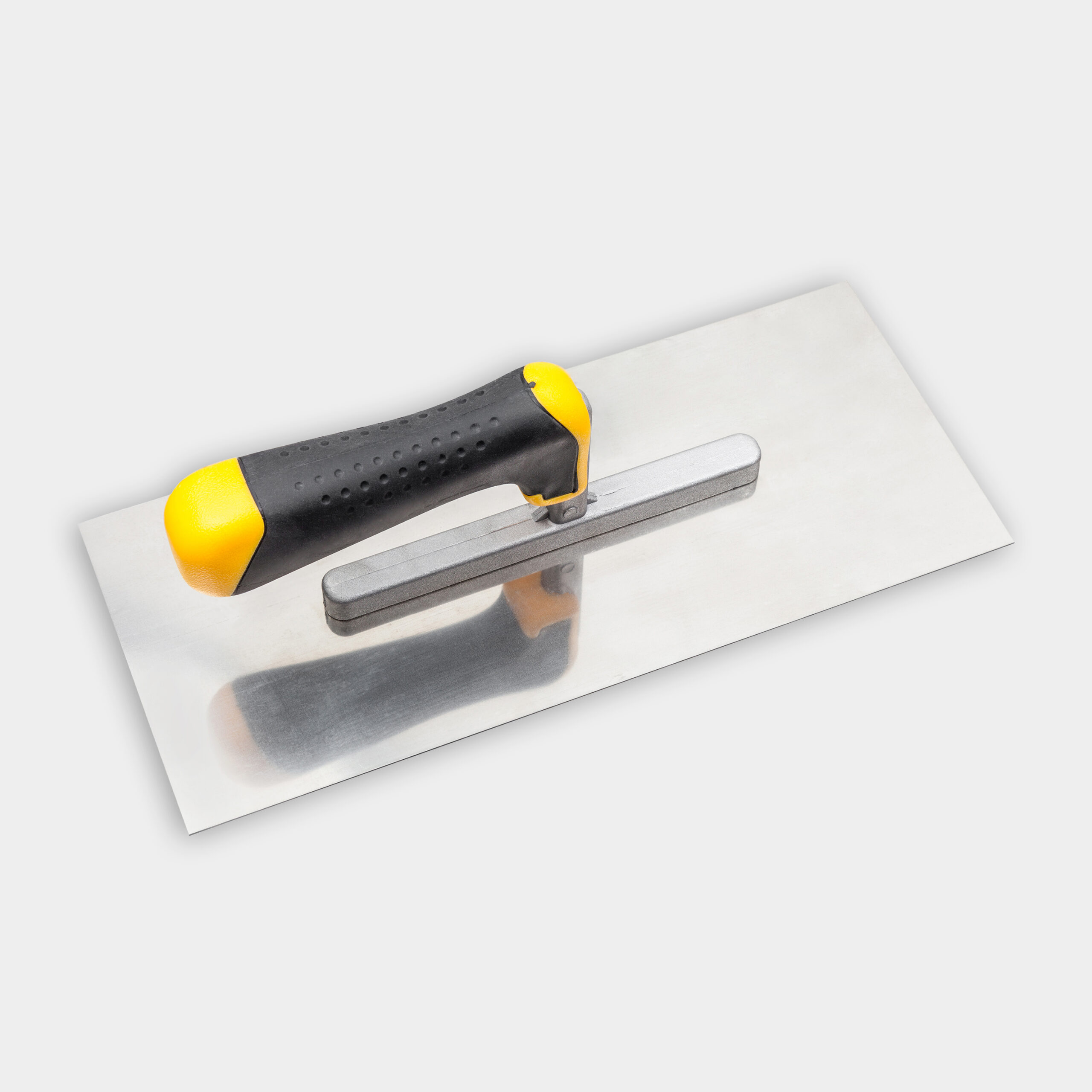We may be compensated if you purchase through links on our website. Our team is committed to delivering honest, objective, and independent reviews on home products and services.
More
Repointing a fieldstone foundation strengthens your home’s structure and helps prevent water damage. The process involves removing deteriorated mortar and replacing it with fresh material to seal gaps between the stones.
In the video above, Ask This Old House mason Mark McCullough showcases his techniques for repointing a fieldstone foundation while addressing water management, a common cause of foundation issues.
Identifying the Cause of Foundation Damage
Before undertaking any repointing work, identify and address the root cause of your foundation damage. As McCullough emphasizes, it’s just as important to identify and eliminate the cause of the water as it is to repoint. Water is often the main problem, so managing water properly can help stop future damage.
Assessing Exterior Factors
Take a look at the area outside your home, especially near the damaged section of the foundation. Keep an eye out for these potential issues:
- Poor grading causing water to pool near the foundation
- Clogged gutters or downspouts
- Plants or trees growing too close to the foundation
- Visible cracks or gaps in the exterior of the foundation
Why Water Management Matters
Good water management protects your foundation from further damage. Simple steps like creating proper drainage and maintaining your gutter system can make a big difference. Here’s what you can do:
- Direct downspouts at least 3 feet away from the foundation
- Grade the ground to slope away from the house
- Keep gutters clean and properly connected
- Make sure your drainage system is working correctly
Preparing to Repoint a Fieldstone Foundation
Once you’ve taken care of any water management issues, you’re ready to repoint. Good preparation sets the stage for a strong, long-lasting repair.
Tools and Materials You’ll Need
Make sure you have these tools and materials before you begin. You’ll find them at home centers and masonry supply stores:
- Bonding agent (we used C-21 All Acrylic cement modifier admix manufactured by Silpro)
- Brick trowel
- Bucket
- Finishing trowel
- Margin trowel
- Masonry brush
- Natural bristle paintbrush
- Pickaxe or chisel
- Safety glasses
- Type N mortar (we used one manufactured by Quikrete)
- Water
Safety Precautions
Safety is key when working on your foundation. Keep these precautions in mind:
- Check for adequate ventilation in the work area.
- Use a dust mask to avoid inhaling mortar dust.
- Wear gloves to safeguard your hands.
- Wear safety glasses to protect your eyes.
The Repointing Process
Repointing a fieldstone foundation involves several necessary steps. Follow them carefully to repair your foundation correctly:
- Removing old mortar: Begin by dampening the area with a masonry brush dipped in water. This controls dust and prepares the surface for the new mortar. Use a pickaxe or chisel to carefully remove the existing mortar between the stones. If any small stones fall out, set them aside to use later.
- Cleaning the joints: After removing the old mortar, use a wet masonry brush to clean all the joints thoroughly. This helps the new mortar stick better and last longer.
- Mixing the mortar: Mix Type N mortar with water and a bonding agent in a separate bucket. McCullough prefers this type because it is softer than Type S and allows for some movement within the foundation. The bonding agent helps the mortar stick to the stones.
- Applying new mortar: Use a cement finishing trowel to place some mortar on its blade, then use a margin trowel to push the mortar into the joints of the fieldstone foundation. Replace any small stones that came loose earlier, using them to fill larger gaps. Continue until you’ve filled all the joints with mortar and small stones.
- Smooth the joints: Finish by using a small, wet paintbrush to smooth all the joints and expose the aggregate for a natural look. Check under the stones for any sagging between the mortar joints and stones, and use the paintbrush to adjust as needed.
Preventing Future Damage of Your Foundation
After repointing, take proactive steps to prevent future damage and maintain your foundation’s integrity.
Regular Maintenance
These simple maintenance tasks help keep your foundation strong:
- Address any water issues quickly
- Clean your gutters and downspouts regularly
- Inspect the foundation annually for signs of wear
- Keep the ground around your house sloped away from the foundation
- Trim nearby plants and trees
Landscaping Tips
The way you landscape can also help protect your foundation. Try these tips:
- Avoid overwatering the areas near your home
- Install a French drain to improve drainage
- Keep plants at least 3 feet away from the foundation
- Use mulch to manage moisture levels
Extra Water Management Solutions To Safeguard Your Foundation
While repointing can fix more immediate mortar concerns, these additional water management strategies can further safeguard your foundation:
- Improve your gutter system: Check your existing gutter system for efficiency. Replace any missing collars and secure all joints to get the best possible water flow away from the foundation. Even small fixes like these can prevent significant water issues.
- Improve soil grading and drainage: Make sure that your yard is properly graded to divert water from your foundation. Adding soil to areas that have sunken or using a perforated pipe can improve drainage and prevent soil erosion.
- Install protective barriers: For even more protection, install barriers that prevent water infiltration. Techniques such as using waterproof coatings or membranes can act as additional shields against water intrusion.
Tools
 Bucket
Bucket Masonry Brush
Masonry Brush Safety glasses
Safety glasses Pickaxe
Pickaxe Finishing trowel
Finishing trowel Margin trowel
Margin trowel Brick trowel
Brick trowel Biscuit joiner
Biscuit joiner Natural bristle paintbrush
Natural bristle paintbrush
Source: https://www.thisoldhouse.com/foundations/21124794/how-to-repoint-and-prevent-further-damage-to-a-fieldstone-foundation
 expert
expert









